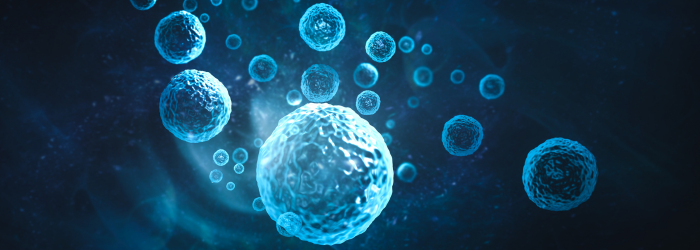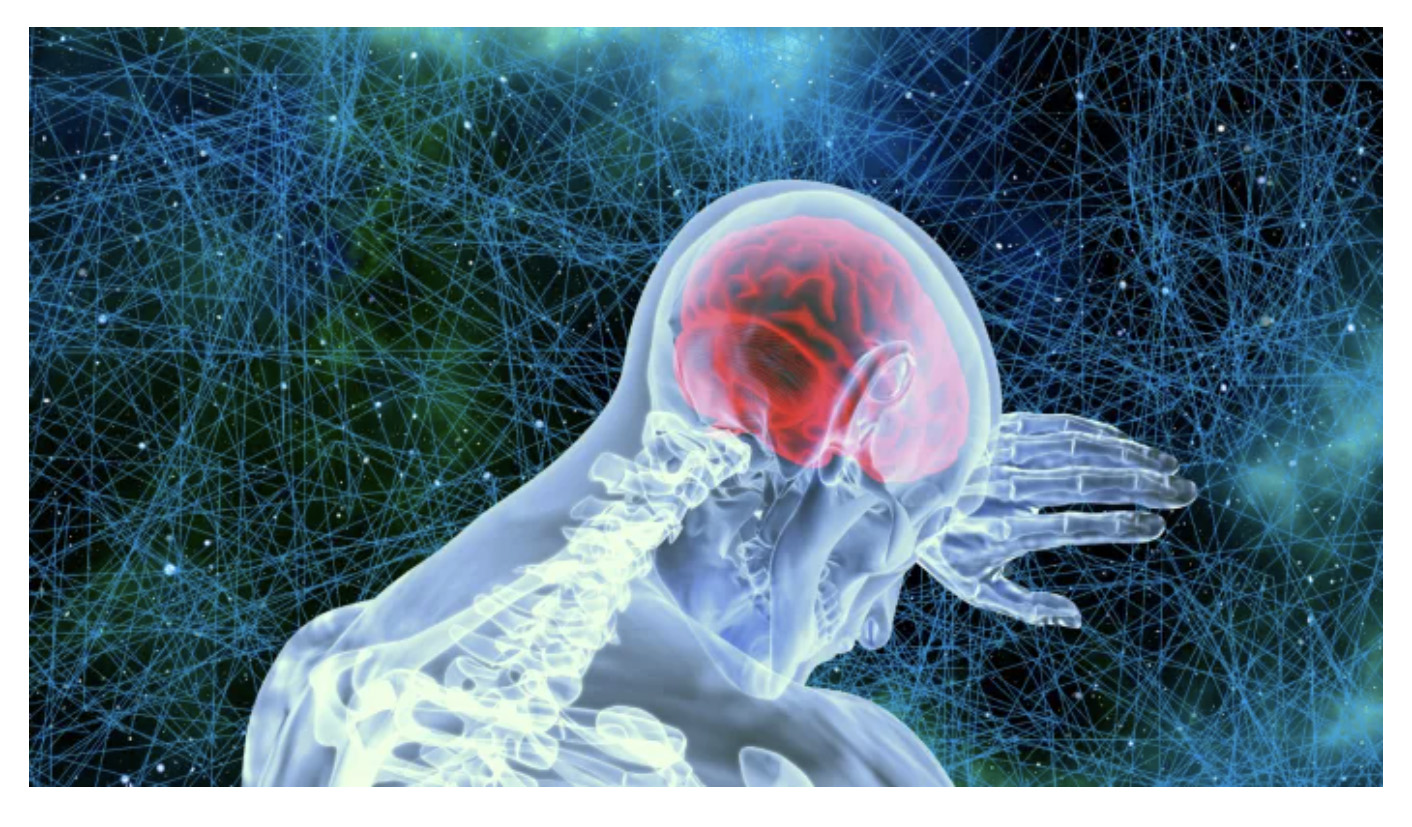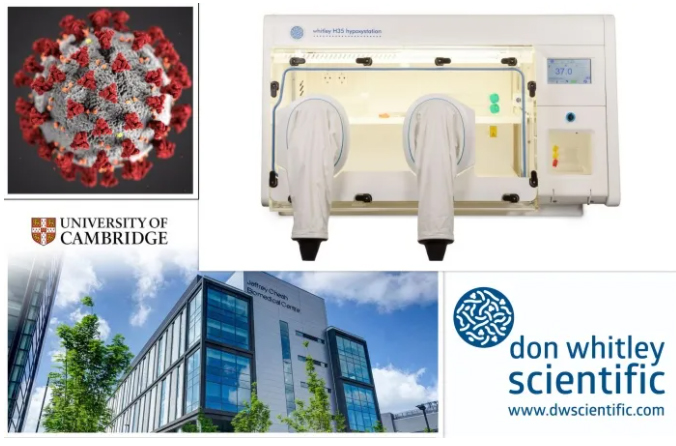The importance of replicating in vivo conditions
March 8, 2024
Don Whitley Scientific
Click here to link to the orginal article at dwscientific.com
Can cancer researchers benefit from mimicking the body in their labs?
The tumour microenvironment, characterized by low oxygen levels (hypoxia), has been shown to impact cellular processes, including machinery functionality, viability, and gene/protein expression. Understanding the influence of hypoxia, often termed 'tumour physioxia,' is crucial in the research, discovery, and development of oncology treatments. Hypoxia's association with drug resistance and therapeutic inefficacy underscores its importance as a pivotal factor to address in oncological studies and treatment strategies.




